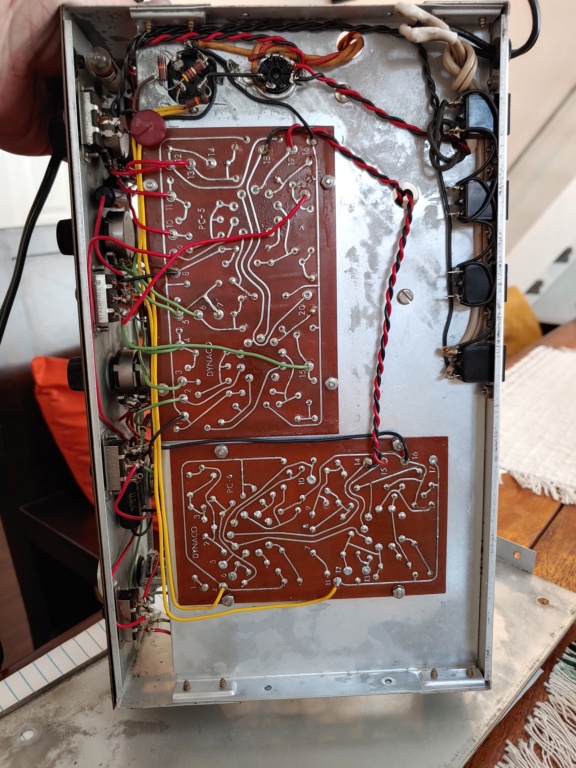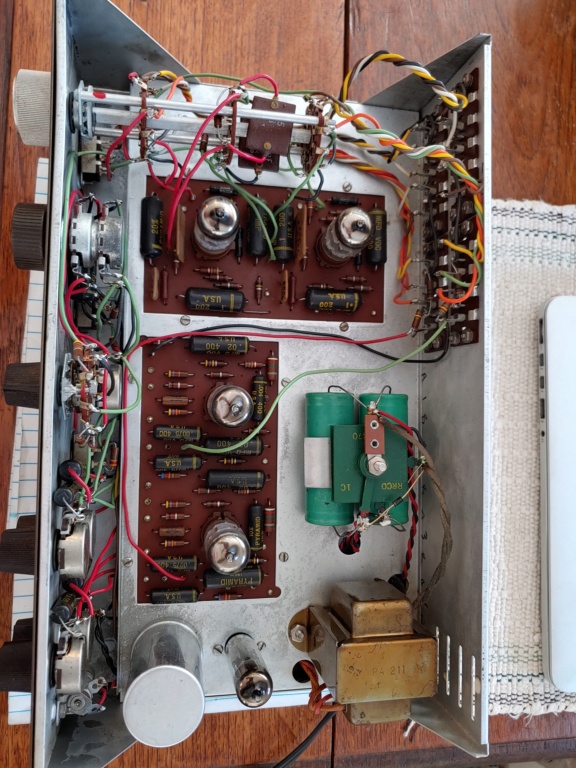Just to add a a bit of lore to this: Dynaco did not have a factory of any nature until it moved to Jefferson Street in Philadelphia. Powelton Avenue was a combination office/dual garage, single story building. "Factory Assembled" units were done by Drexel students on piecework, hence the great variety of wiring colors, styles of wire, rivets/screws/machine screws and so forth displayed over the years.
"Kits" were packaged and boxed by sheltered workshops, with components and parts supplied by various jobbers to those locations. And, each part, component and piece - other than transformers and tubes - were supplied by the lowest bidder of the hour. David Hafler was consistent with his tubes and transformers, however. In fact, in the early days, he did change his sheet metal source at least once. I do not know if this explains the differences that way, it might.
Jefferson Street (Across the Schuylkill river, in an equally marginal neighborhood) is a two-story, high-bay 'factory style' building of about 35,000 square feet that still exists. It is here that Dynaco first transitioned gradually from "piecing out" to having actual assemblers on-site. Their kit boxing and shipping was still done by sheltered workshops right up until the Tyco takeover, when all operations moved to Blackwood, NJ. Note that when Hafler started his eponymous company in Pennsauken, he went right back to his roots - the 'factory' being a two-bay garage with a small service bay and a few offices attached. Again, assembly was done by local job-shops and kit boxing and shipping by outside sources as well. I am not sure if the sheltered workshop relationship still remained, in my conversations at my one visit to that location, the staff was not very forthcoming, unlike with Jefferson Street and Blackwood.
Note that Hafler also farmed out it service functions to local shops as well, the service bay in Pennsauken was mostly for quick diagnosis. Anything more involved went out to a shop a few miles away, also in Pennsauken. I used them on several occasions as some of the early Hafler stuff was pretty rough 'from the factory'.
In any case, the history of the company and of its roots is quite colorful.
Yes, this is a few years late - but here it is.
Last edited by Peter W. on Tue Jan 31, 2017 5:09 pm; edited 1 time in total





